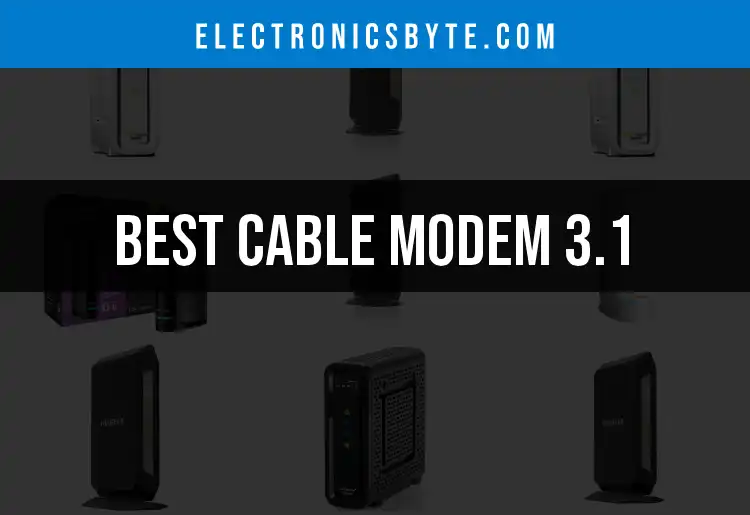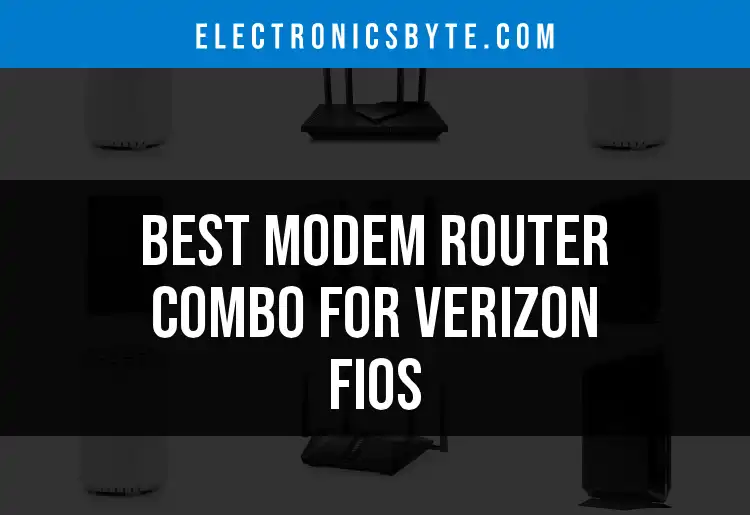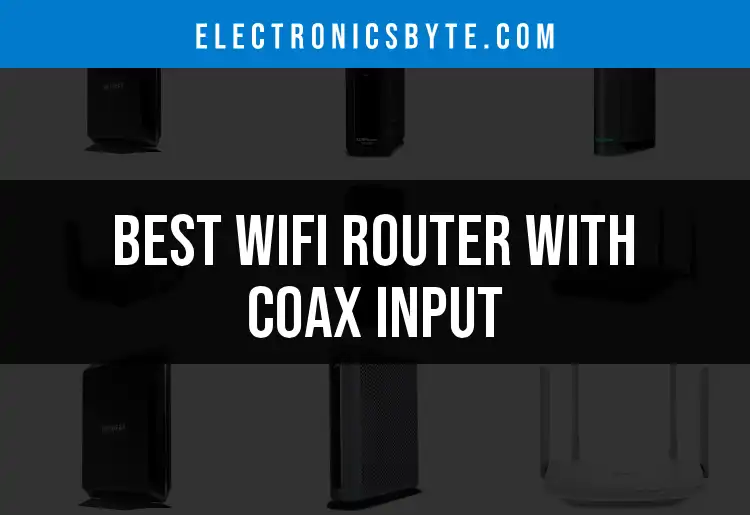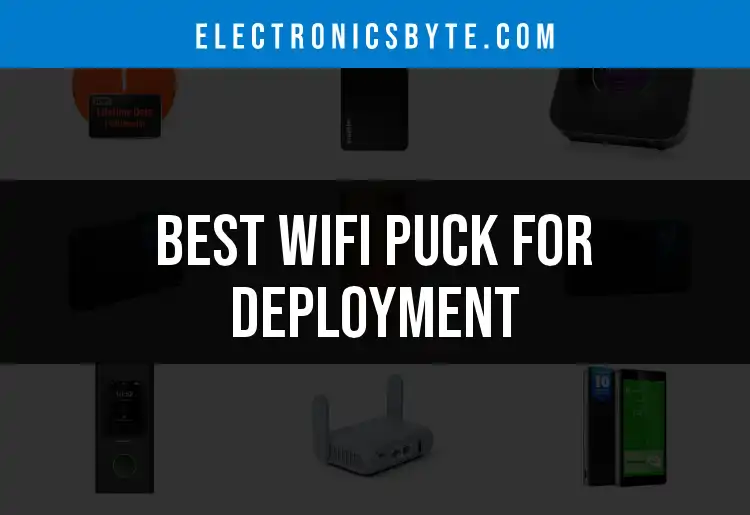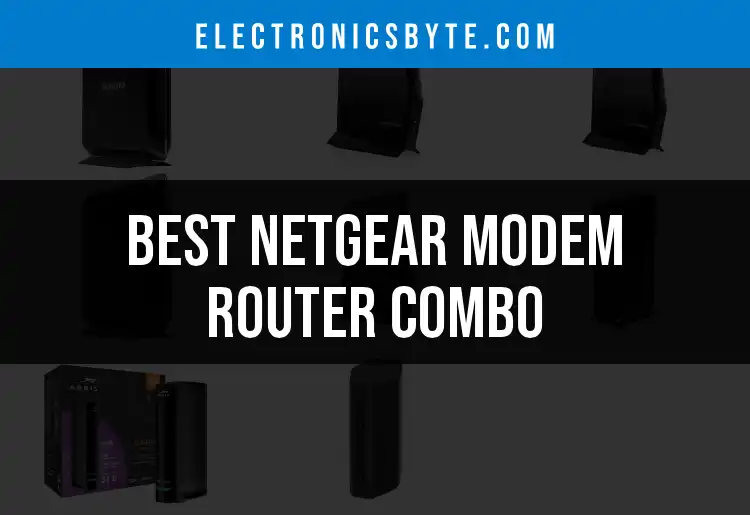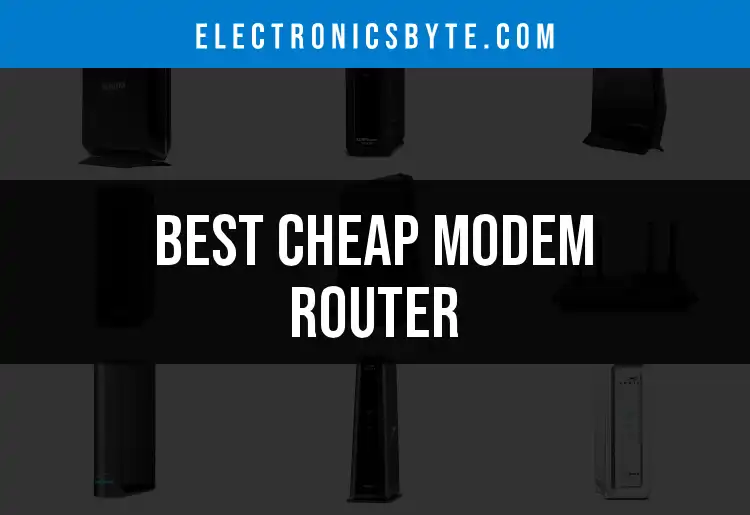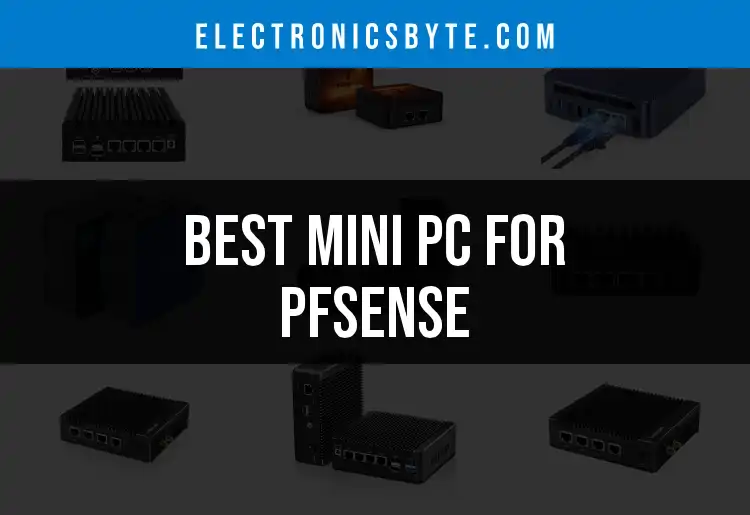Introduction to Networking
Networking is the backbone of modern computing, enabling devices to communicate and share data seamlessly. In an interconnected world, understanding how networks function is vital for anyone involved in technology, whether as a casual user or an IT professional.
Importance of Networking in Modern Computing
In today’s digital age, networking is crucial for facilitating communication between computers, servers, and other devices, creating both local and wide area networks. It allows for data sharing, resource management, and better collaboration across various platforms. Without networking, services like cloud computing, social media, and online gaming wouldn’t be feasible. For businesses, effective networking can improve productivity and streamline operations, making it a fundamental aspect of organizational success.
Overview of Networking Components
Networking typically involves several key components that work in harmony. Routers direct traffic between networks, switches manage data flow within networks, and cabling provides the physical connections. These elements collectively ensure data integrity and high-speed communication. Understanding each component’s function enables users to troubleshoot network issues and optimize performance.
Types of Networks
-
Local Area Networks (LAN): These networks are confined to smaller geographic areas, such as a single building or campus. They enable high-speed connections and low latency, making them suitable for tasks that require fast data transfer, like gaming or file sharing. The infrastructure is easier to manage, allowing for customization and control.
-
Wide Area Networks (WAN): WANs cover larger areas, possibly spanning cities or even countries. They are essential for organizations with multiple branches, providing a means to communicate over long distances. With a WAN, businesses can consolidate resources and improve collaboration among remote teams, enhancing overall productivity.
-
Personal Area Networks (PAN): These networks serve individuals by connecting personal devices like smartphones, tablets, and laptops over short distances. They often use wireless technologies, such as Bluetooth, enabling convenient file sharing and peripheral connections. Understanding PANs is increasingly relevant as consumers rely on multiple devices daily.
Brief Overview of Networking Standards
Networking standards, such as Ethernet and Wi-Fi protocols, ensure compatibility between devices. They promote the efficient transfer of data by setting parameters for various technologies. Familiarity with these standards allows for better decision-making when choosing equipment and configuring networks.
Ethernet Cables Explained
What is an Ethernet Cable?
An Ethernet cable is a fundamental component in networking, facilitating the wired connection between devices such as computers, routers, and switches. Ethernet cables function based on standardized technologies, ensuring that devices can communicate without interference. Moreover, they are crucial in maintaining stable connections, reducing latency, and providing the necessary bandwidth for high-speed applications.
Different Categories of Ethernet Cables
Ethernet cables are classified into several categories, each with varying properties and applications:
-
Cat 5e: Supporting speeds up to 1 Gbps, Cat 5e cables are widely used in home networks. However, they have limitations regarding performance over longer distances and are not capable of handling high-bandwidth applications effectively. It's essential to understand these limitations to choose the right cable for your needs.
-
Cat 6: Capable of managing speeds up to 10 Gbps over limited distances, Cat 6 cables are suitable for high-bandwidth applications like 4K streaming and gaming. They provide better performance due to enhanced shielding, which reduces crosstalk between cable pairs. For a closer look at their applications, visit our guide on Cat 6 Ethernet Cable.
-
Cat 6a: This enhanced version of Cat 6 can support 10 Gbps speeds over longer distances of up to 100 meters. Its ability to minimize interference makes it ideal for data centers or businesses where high data throughput is essential. For more insights, see our detailed section on Best Cat 6a Cable.
-
Cat 6e: Though not an officially recognized standard, Cat 6e cables are marketed for enhanced performance and reduced crosstalk. They cater to environments where extremely high-speed connections are necessary. For in-depth information on these cables, refer to Best Cat 6e Ethernet Cable.
-
Cat 8: As the latest advancement in Ethernet cable technology, Cat 8 cables support data rates ranging from 25 to 40 Gbps, making them ideal for high-performance applications and data centers. If you plan to invest in future-proofing your network, consider our recommendations in Best Cat 8 Ethernet Cable.
Network Hardware Essentials
Overview of Networking Hardware
Understanding networking hardware is essential for creating and maintaining efficient networks. Key components include routers, switches, and network interface cards (NICs). Each of these elements plays a specific role in ensuring that data can be exchanged effectively. When they work together, they enhance the overall performance and reliability of a network.
Network Interface Cards (NICs)
A Network Interface Card (NIC) is essential for connecting devices to a network. It translates data between the device and the network, allowing for seamless communication. NICs can be wired or wireless, enabling greater flexibility depending on the network’s needs. When choosing a NIC card, consider factors like speed, compatibility with existing infrastructure, and whether you prefer wired or wireless connections. Understanding these factors helps ensure optimal performance. For guidance on selecting the right NIC, refer to Best NIC Card.
Types of Routers
Routers are critical devices that direct traffic within and between networks. They can range from basic models that connect home networks to advanced systems designed for enterprise-level operations.
Basic Routers vs. Advanced Routers
Basic routers are often easier to install and suitable for home environments, while advanced routers offer more features. These may include support for higher bandwidth, enhanced security options, and capabilities to manage multiple connections efficiently. You can explore routers without integrated Wi-Fi capabilities in our article on Best Router No WiFi.
10Gb Routers
10Gb routers are designed for high-performance environments, capable of handling 10 Gbps data rates. Deploying these routers in business or gaming environments can significantly improve network speed and reduce latency, allowing for smoother operations and better online experiences. If you're interested in upgrading to high-speed capabilities, check out the recommendations in Best 10Gb Router.
Layer 3 Switches
Layer 3 switches extend the functionality of traditional switches by enabling IP routing within local networks. This capability allows for more complex configurations, improving the management of large networks. They are particularly beneficial in environments where network performance and data management are crucial. To learn more about selecting the best options, take a look at Best Layer 3 Switch.
Network Racks
Network racks play a significant role in organizing networking equipment and ensuring proper airflow for cooling. They provide a structured way to house servers, switches, and routers, minimizing clutter and improving accessibility. When set up correctly, network racks can enhance the overall efficiency of your network infrastructure. To discover effective setups, visit our guide on Best Network Racks.
Advanced Networking Solutions
Point-to-Point Wireless Bridges
Point-to-point wireless bridges connect two separate networks wirelessly, allowing data to transfer without physical cabling. They are beneficial in situations where laying cables would be impractical, such as across a street or between buildings. A reliable bridge can deliver fast and secure connections, making them vital for educational campuses or industrial sites. To learn more about selecting the right equipment, read our guide on Best Point to Point Wireless Bridge.
10Gb Network Cards
10Gb network cards are essential for organizations that require high-speed data transfer capabilities, supporting applications like large file transfers and video conferencing. These cards are typically used in servers and workstations to ensure that they can handle heavy workloads efficiently. Investing in quality network cards can improve connectivity and performance across a network. Find the best options for your setup in Best 10Gb Network Card.
2.5Gb Network Cards
2.5Gb network cards are an excellent choice for users looking to bridge the gap between standard Gigabit speeds and more advanced 10G setups. They offer enhanced performance for home users and small office networks, supporting activities like gaming, streaming, and fast data sharing. If you’re considering an upgrade, refer to our guide on Best 2.5Gb Network Card.
Practical Networking Applications
Choosing the Right Ethernet Cable for Your Needs
Selecting the appropriate Ethernet cable is critical for achieving optimal performance in various applications. For instance, 4K video streaming requires cables that can handle substantial bandwidth to prevent buffering and pixelation. Evaluating the specific needs of your network helps ensure that you avoid common issues like slow connections or dropped signals. You can find our top picks for 4K streaming in Best Ethernet Cable for 4K Streaming.
Wireless Networking Essentials
For effective wireless networks, both range and signal strength are paramount. Long-range WiFi antennas can significantly enhance coverage, allowing users to connect to the internet from further distances and ensuring reliable connections across larger spaces. This is particularly important for businesses where employees need to access the same network from different parts of a facility. To explore effective options, check out our article on Best WiFi Antenna Long Range.
Moreover, as wireless technology advances, WiFi 7 PCIe cards are set to redefine connectivity standards, providing increased bandwidth for multiple devices. Investing in this technology can vastly improve everyday internet use, offering a more seamless experience for streaming and gaming. Learn more about the latest in wireless tech in Best WiFi 7 PCIe Card.
Specialized Networking Solutions
Print Servers for Network Printing
Print servers allow multiple users on a network to share printers efficiently, streamlining the printing process and reducing resource waste. For businesses, this means easier management of printing tasks, fewer supplies wasted, and ultimately lower costs. Understanding the benefits of using a print server can be pivotal in an organizational context. For more information on the technology behind print servers, visit our section on Best Print Server.
5G Routers with SIM Card Slot
With the rise of mobile data capabilities, 5G routers with SIM card slots have become an excellent solution for those needing internet access in areas where wired connections are unreliable or unavailable. These devices allow for portable, fast internet access both at home and on the move, meeting the demands of a mobile workforce. If you’re considering upgrading to a 5G setup, check our recommendations in Best 5G Router with SIM Card Slot.
Routers Optimized for Specific ISPs
Choosing a router optimized for specific Internet Service Providers (ISPs) can lead to better performance and reliability. Common ISPs like Greenlight offer services that require specialized routers for maximum efficiency. For users with this service, understanding router specifications ensures that you get the most out of your internet plan. For tailored recommendations, explore our article on Best Router for Greenlight.
Conclusion
This comprehensive overview of networking not only provides foundational knowledge but also detailed insights into components, cables, and applications essential for any network engineer or technology enthusiast. By gathering these insights, individuals can make informed decisions and optimize their networking setups to align with their specific needs.
With this guide, you should feel equipped to navigate the complex landscape of networking, paving the way for enhanced connectivity and performance in your personal or professional environments!







